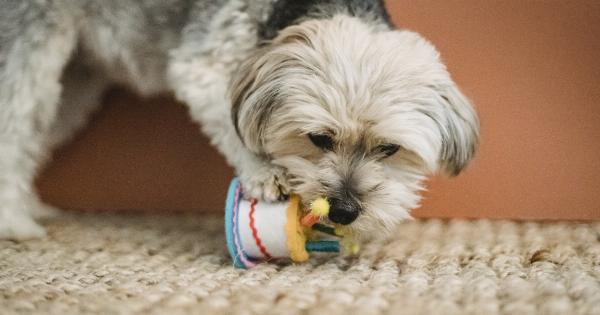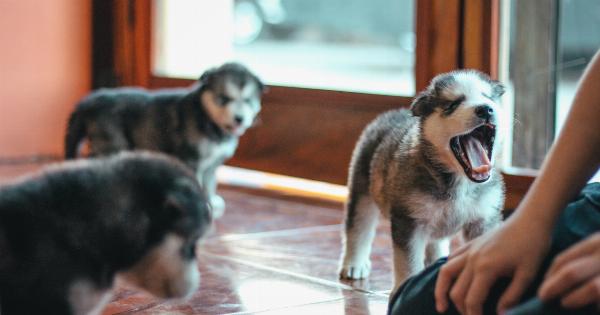If you are considering adopting a traumatized dog, it’s important to be prepared for the unique challenges that come with this type of adoption. Trauma can manifest in various ways, including fear, aggression, and anxiety.
However, with patience, understanding, and proper training, you can help your traumatized dog overcome their past and become a happy and well-adjusted member of your family. In this article, we will discuss the steps you can take to ensure the success of your traumatized dog’s adoption.
1. Research and Understanding
Before bringing a traumatized dog into your home, it’s crucial to educate yourself about their specific needs and behaviors. Research the common signs of trauma in dogs and familiarize yourself with strategies to address these issues.
Understanding the underlying causes of your dog’s trauma will enable you to better communicate and provide effective care for them.
2. Patience and Empathy
A traumatized dog may exhibit fearful or defensive behaviors initially. It’s essential to approach them with patience and empathy. Give your dog time to adjust to their new surroundings and build trust with you.
Avoid overwhelming them with too much attention or physical contact, as this can trigger their anxiety. Instead, let them approach you at their own pace.
3. Provide a Safe Space
Create a designated safe space for your traumatized dog within your home. This space should be a quiet and comfortable area where they can retreat to whenever they feel anxious or overwhelmed.
Make sure this space is well-stocked with their favorite toys, blankets, and treats. This safe space will become their refuge and help them feel more secure in their new environment.
4. Establish a Routine
Creating a consistent daily routine can provide stability and security for a traumatized dog. Dogs, especially those with a history of trauma, thrive on predictability.
Feed them at the same times each day, establish a regular exercise routine, and maintain a consistent bedtime. This routine will help your dog feel more structured, which can alleviate their anxiety.
5. Gradual Socialization
Socialization is an essential part of a dog’s development and rehabilitation. However, it’s crucial to introduce your traumatized dog to new people and animals gradually.
Start with low-pressure interactions with individuals who can respect your dog’s boundaries and provide positive experiences. Gradually increase exposure to new environments, people, and animals as your dog becomes more comfortable.
6. Positive Reinforcement Training
Positive reinforcement training is a highly effective technique for traumatized dogs. Reward-based training methods, such as clicker training or using treats, can help build trust and confidence.
Focus on rewarding desired behaviors and avoid using punishment or aversive training techniques, as these can exacerbate fear and anxiety in traumatized dogs.
7. Seek Professional Help
If you feel overwhelmed or unsure about how to best help your traumatized dog, don’t hesitate to seek professional guidance. A certified dog trainer or animal behaviorist can provide expert advice tailored to your dog’s specific needs.
They can assist in developing a personalized training plan and offer valuable insights to ensure the success of your dog’s journey to recovery.
8. Consistency and Structure
Consistency is key when rehabilitating a traumatized dog. Ensure everyone in your household is on the same page and follows the established routines and rules. Inconsistencies can confuse and stress a traumatized dog, hindering their progress.
Establish clear boundaries and stick to them to provide them with a sense of structure and security.
9. Exercise and Mental Stimulation
Regular exercise and mental stimulation are essential for all dogs, including those who have experienced trauma. Engage your traumatized dog in daily physical activities, such as walks, play sessions, or interactive toys.
Mental stimulation, such as puzzle toys or obedience training, can also help redirect their focus from anxiety to more positive outlets.
10. Love and Unconditional Support
A traumatized dog needs an abundance of love, patience, and unconditional support. Celebrate their progress, no matter how small, and gently guide them through their journey to recovery. Remember that building trust takes time, and setbacks are natural.
With your consistent love and support, your traumatized dog can overcome their past and flourish in their new environment.



























